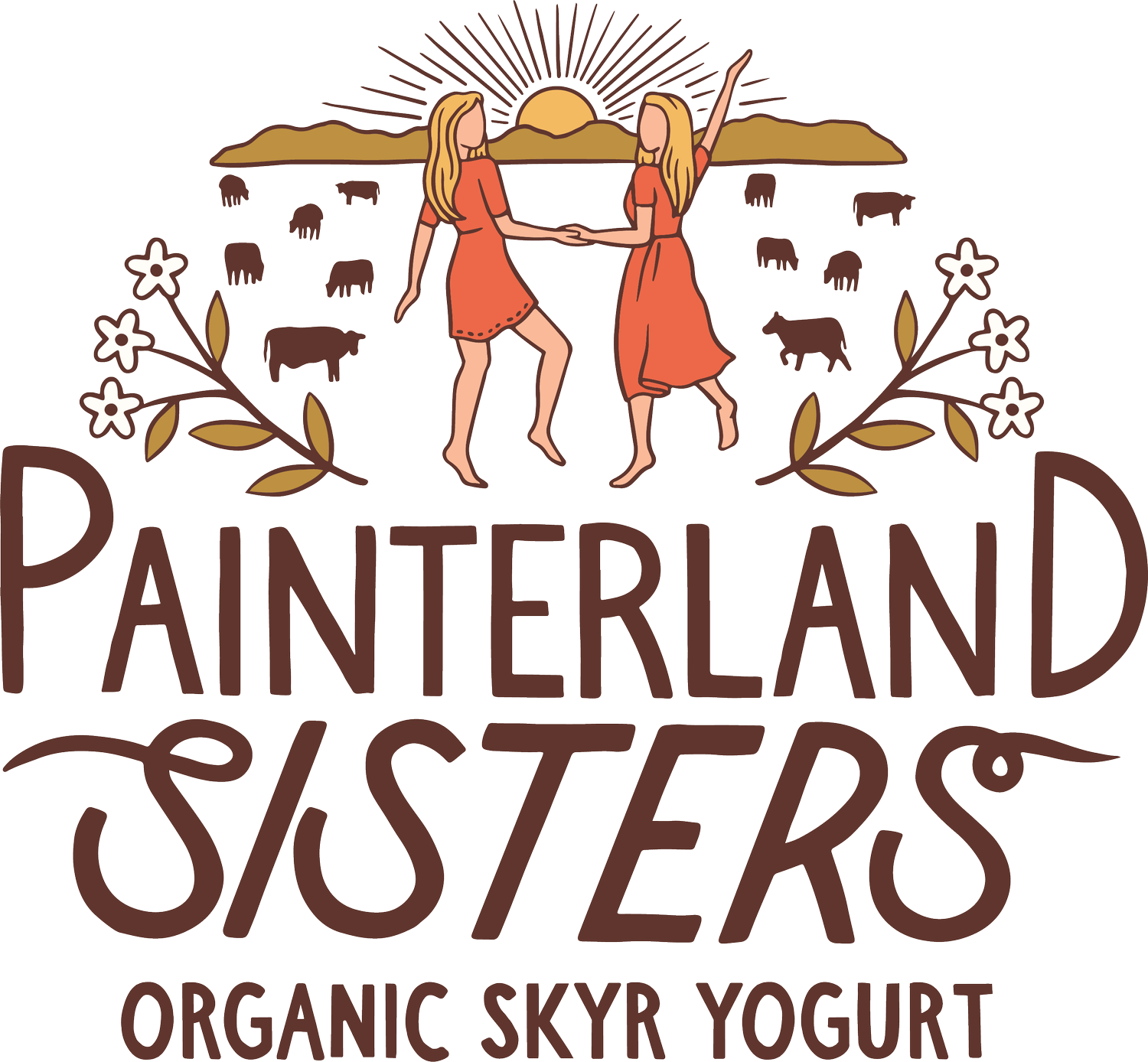How Crossbreeding & Genetic Diversification Lead to Healthier Animals & Better Food
Do you know where your meat and dairy products come from?
We’re not just talking about which store or farm, but the actual animals—because there are many factors that go into the health of an animal and the quality of your everyday food like beef and milk.
Two crucial factors that can have significant benefits for animal health and food quality is livestock crossbreeding and genetic diversification. Learn more about this practice, how it affects your meat and dairy products, and how we do it at Painterland Farms!
What is a breed?
A breed is a type of animal that shares distinct characteristics with others of its kind. For example, you’re likely familiar with various breeds of dogs - Chihuahua, Dachshund, Great Danes, etc.
What is crossbreeding?
In the world of animal husbandry, crossbreeding refers to mating two different breeds, which then makes a new breed of offspring. We do this with our cows, sheep, and pigs. An example you may be familiar with is again a dog - the Labradoodle, a mix of the Labrador and Poodle breeds.
Why is it important to crossbreed livestock?
Crossbreeding leads to genetic diversification, which creates hybrid vigor (i.e., the healthiest offspring possible). Basically, crossbred animals inherit the strengths from all descendant breeds, balancing their weaknesses.
Genetic diversification has been shown to improve performance in traits like growth, fertility, longevity, and disease resistance. Simply put, this practice helps Painterland Farms raise strong animals that enjoy long, happy lives.
Why dairy crossbreeding?
Most dairy herds in the U.S. are not crossbred, which leads to inherited health problems throughout each generation. Crossbreeding and genetic diversification ensures we don’t have this problem.
Not to mention, crossbreeding allows us to produce higher-quality meat and dairy products. Painterland’s diverse cows produce various types of delicious, nutrient-dense milk and meat. It can also contribute to better marbling and heavier muscling for more flavorful beef.
How does Painterland Farms ensure genetic diversity?
Typical dairy herds have either Holstein or Jersey cows. Painterland’s herd consists of a variety of cow breeds that commingle, resulting in vigorously healthy offspring and exotic-looking cattle. Our cattle herds include:
Holstein: Large cows with either black and white or red and white patterns. They produce the most milk and comprise 90% of all dairy cows in the U.S. (These are the cows people typically imagine!)
Jersey: Small, brown, deer-like cows with a stubborn disposition that produce the highest amount of yummy fats.
Swiss: Large, silvery-brown cows known for being docile and elegant and producing large quantities of high-quality milk.
Milking Shorthorns: Red or roan-colored dual-purpose cows used for beef and milk, these are the healthiest, most versatile, and our favorite breed!
Guernsey: Red and white cattle known for their gold-colored milk.
Lineback: Rare breed that can be red and white, black and white, or blue and white, with a line of color down their backs. They are used for both beef and milk.
Dutch Belted: Friendly black and white cattle that resemble an Oreo cookie and produce rich milk.
We also have all of the unique cows that have resulted from crossbreeding specific varieties. Painterland’s crossbreeding system involves careful recordkeeping and planning to ensure we maintain the health of every cattle generation.
Our goal is to connect people like you to clean, healthy, organic food. A critical part of this is sustainable breeding practices that ensure our animals enjoy wholesome lives, resulting in the wholesome food your family enjoys.
